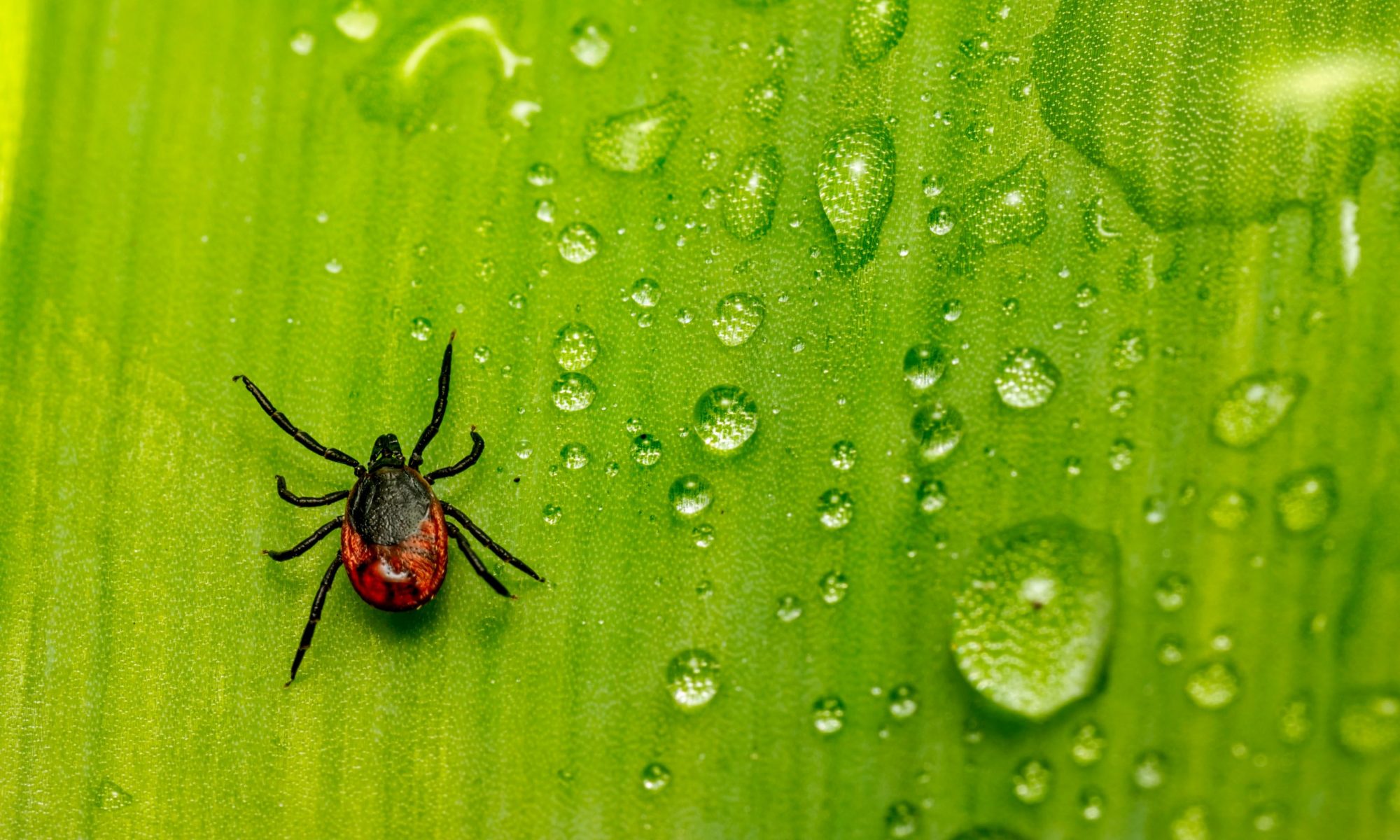Canadian Society of Soil Science. (2020). Soils of Canada. https://soilsofcanada.ca/index.php
Cassidy, E. (2021, June 25). Mapping the Spread of Lyme Disease. The Earth Observatory. NASA. https://earthobservatory.nasa.gov/images/148482/mapping-the-spread-of-lyme-disease
CDC. (2022). Lyme Disease. Center for Disease Control and Prevention. https://www.cdc.gov/lyme/index.html
Cheng, A., Chen, D., Woodstock, K., Ogden, N., Wu, X., & Wu, J. (2017). Analyzing the Potential Risk of Climate Change on Lyme Disease in Eastern Ontario, Canada Using Time Series Remotely Sensed Temperature Data and Tick Population Modelling. Remote Sensing, 9(6), 609. MDPI AG. http://dx.doi.org/10.3390/rs9060609
Eisen, R. J., Eisen, L., Ogden, N. H., & Beard, C. B. (2016). Linkages of Weather and Climate With Ixodes scapularis and Ixodes pacificus (Acari: Ixodidae), Enzootic Transmission of Borrelia burgdorferi, and Lyme Disease in North America. Journal of medical entomology, 53(2), 250–261. https://doi.org/10.1093/jme/tjv199
ESRI. (n.d). How Presence-only Prediction (MaxEnt) works. ArcGIS Pro. https://pro.arcgis.com/en/pro-app/latest/tool-reference/spatial-statistics/how-presence-only-prediction-works.htm
ESRI. (n.d). Presence-only Prediction (MaxEnt) (Spatial Statistics). ArcGIS Pro. https://pro.arcgis.com/en/pro-app/latest/tool-reference/spatial-statistics/presence-only-prediction.htm
Gouvernement du Québec. (2021, Jun 25). Lyme Disease. Québec. https://www.quebec.ca/en/health/health-issues/a-z/lyme-disease
Government of Canada. (2022, April 1). Lyme Disease: Monitoring. Government of Canada. https://www.canada.ca/en/public-health/services/diseases/lyme-disease/surveillance-lyme-disease.html
Government of Canada. (2019). Lyme disease surveillance in Canada: Preliminary Annual Infographic 2019. https://www.canada.ca/en/public-health/services/publications/diseases-conditions/lyme-disease-surveillance-canada-infographic-2019.html
Griesbauer, H., DeLong, S.C., Rogers, B. & Foord, V. (2021). Growth sensitivity to climate varies with soil moisture regime in spruce–fir forests in central British Columbia. Trees 35, 649–669. https://doi.org/10.1007/s00468-020-02066-8
Guerra, M., Walker, E., Jones, C., Paskewitz, S., Cortinas, M. R., Stancil, A., Beck, L., Bobo, M., & Kitron, U. (2002). Predicting the risk of Lyme disease: habitat suitability for Ixodes scapularis in the north central United States. Emerging infectious diseases, 8(3), 289–297. https://doi.org/10.3201/eid0803.010166
Hopkins Medicine. (n.d). Ticks and Lyme Disease. Health. Johns Hopkins Medicine. https://www.hopkinsmedicine.org/health/conditions-and-diseases/lyme-disease/ticks-and-lyme-disease#:~:text=Although%20Lyme%20disease%20is%20a,upper%20Midwest%20and%20northwestern%20states
Hynes, A. & Hamann, A. (2020). Moisture deficits limit growth of white spruce in the west-central boreal forest of North America. Forest Ecology and Management 461. https://doi.org/10.1016/j.foreco.2020.117944
IPAC. (n.d). Lyme Disease. Infection Prevention and Control Canada. https://ipac-canada.org/lyme-disease.php#:~:text=Lyme%20disease%20is%20spread%20through,Ixodes%20pacificus
Kilpatrick, H. J., Labonte, A. M., & Stafford, K. C. (2014). The Relationship Between Deer Density, Tick Abundance, and Human Cases of Lyme Disease in a Residential Community. Journal of Medical Entomology, 51(4), 777-784. http://dx.doi.org/10.1603/ME13232
Kotchi, S. O., Bouchard, C., Brazeau, S., & Ogden, N. H. (2021). Earth Observation-Informed Risk Maps of the Lyme Disease Vector Ixodes scapularis in Central and Eastern Canada. Remote Sensing, 13(3), 524. https://doi.org/10.3390/rs13030524
Liu, J. (2022, March 15). Presence-Only Prediction (MaxEnt) 101: Using GIS to model species distribution. ArcGIS Blog, ESRI. https://www.esri.com/arcgis-blog/products/arcgis-pro/analytics/presence-only-prediction-maxent-101-using-gis-to-model-species-distribution/
Murray, T. S., & Shapiro, E. D. (2010). Lyme disease. Clinics in Laboratory Medicine, 30(1), 311–328. https://doi.org/10.1016/j.cll.2010.01.003
Raizman, E. A., Holland, J. D., & Shukle, J. T. (2013). White-tailed deer (Odocoileus virginianus) as a potential sentinel for human Lyme disease in Indiana. Zoonoses and public health, 60(3), 227–233. https://doi.org/10.1111/j.1863-2378.2012.01518.x
Redon, M. & Luque, S. (2010). Presence-only modelling for indicator species distribution: biodiversity monitoring in the French Alps. 6th Spatial Analysis and Geomatics international conference (SAGEO 2010), Nov 2010, Toulouse, France. p. 42 – p. 55. https://hal.archives-ouvertes.fr/hal-00558859/document
Shapiro, E. D., & Gerber, M. A. (2000). Lyme Disease. Clinical Infectious Diseases, 31(2), 533–542, https://doi.org/10.1086/313982
Sommer, P. (2016, Dec 10). A gentle introduction to the convex hull problem. Medium. https://medium.com/@pascal.sommer.ch/a-gentle-introduction-to-the-convex-hull-problem-62dfcabee90c
Statistics Canada. (n.d). Map projection. Statistics Canada. https://www150.statcan.gc.ca/n1/pub/92-195-x/2011001/other-autre/mapproj-projcarte/m-c-eng.htm
